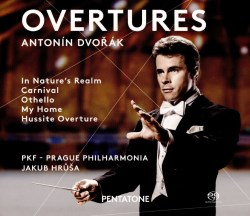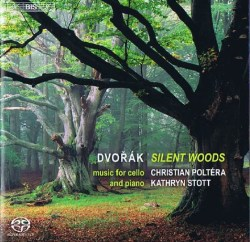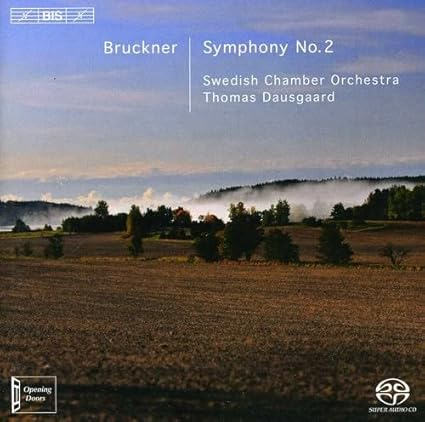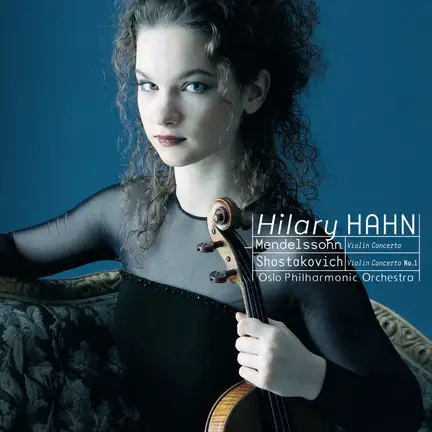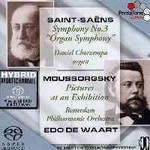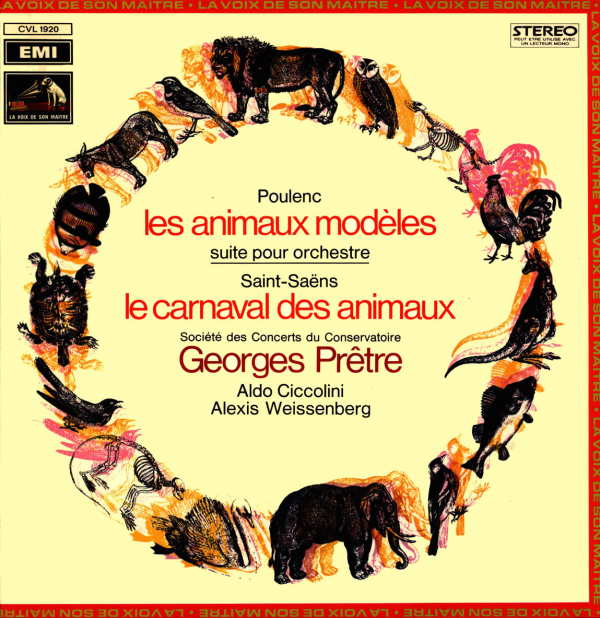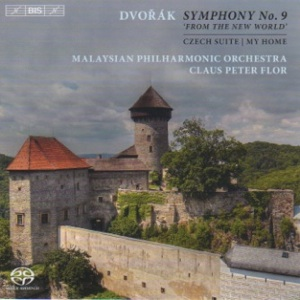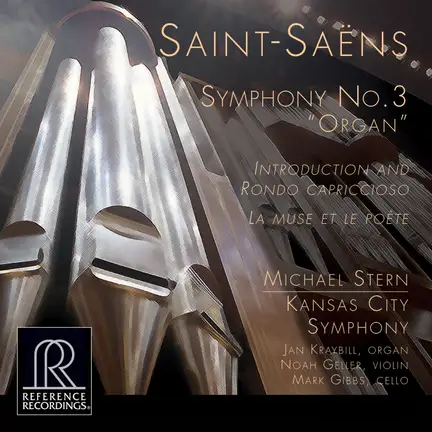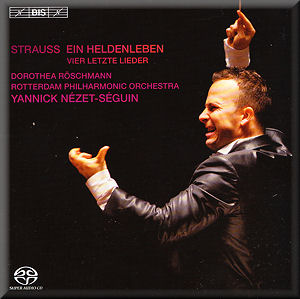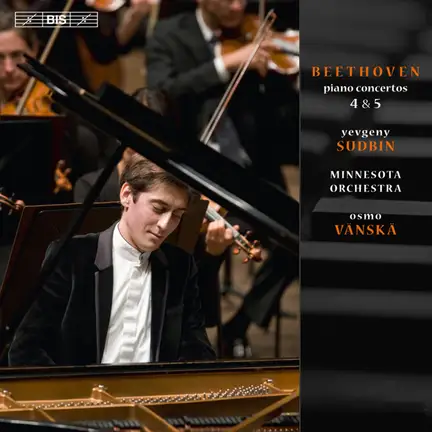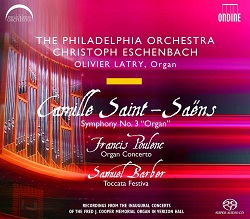
Samuel BARBER Toccata Festiva, Op 36 Francis POULENC Concerto in G minor for Organ, Strings and Timpani Camille SAINT-SAËNS
Symphony No 3 in C minor,
‘Organ’ Olivier Latry (organ) Philadelphia Orchestra/Christoph Eschenbach (ONDINE ODE 1094-5 SACD)
Wow, these recordings have never sounded so realistic, so dynamic, so effortless (even at fortississimo), so tender, so transparent, so detailed, so rhythmic, and so pleasing (many thanks to my upgraded DAC)! The soundscape is immense and pleasantly resonant.
Music Web International rightly says regarding the
Toccata Festiva: "As for Eschenbach, he’s a wonderfully intuitive accompanist who elicits glowing responses from his orchestra. As for the engineers, they’ve provided a spacious, detailed and believably balanced recording that puts the listener in one of the hall’s very best seats. Indeed, this sensible, beautifully choreographed performance is all the more rewarding for not succumbing to excess. I was bowled over by the array of colours and ear-tweaking timbres thus revealed, not to mention the seemingly effortless nature of those floor-shaking tuttis. The snare and bass drums, cymbals and tam tam are superbly rendered as well. And what a finale it is, a glorious panoply of seat-pinning sound. Really, I can’t imagine the piece better played and recorded than it is here. The Poulenc concerto is even more satisfying, the performance brimming with Gallic wit and charm. It’s also a reminder of just how sensitive a performer Latry is, his playing quite ravishing at times. Eschenbach and his band are in rapt and responsive attendance throughout, while the very transparent recording adds immeasurably to one’s enjoyment of the piece. ... [and regarding the organ symphony, he says] The opening bars of the Philadelphia performance are beautifully calibrated, those
pizzicato figures elegantly done, all of which is most encouraging. Eschenbach seems to have found the
tempo giusto already, the orchestra sounding as refined as one could wish. Those silken strings are a special delight. As for Latry’s first entry, it’s magical, rather like Gaston Litaize’s memorable opener in the classic Daniel Barenboim/Chicago Symphony recording from the 1970s (Deutsche Grammophon). Again, I was struck by the sheer
naturalness of Ondine’s presentation; underpinning pedals are discreet yet powerful, while the airy, uncluttered mix allows even minor contributions – the piano, for instance
– to be discerned with ease. Such felicities wouldn’t count for much if the performance weren’t so compelling, so sure-footed. Eschenbach ensures climaxes are proportionate, and the organ, very much an equal partner here, never swamps the orchestra. As so often, such a carefully scaled approach seems all the more thrilling for being so. That’s certainly true of the mighty Dobson, unleashed in the closing pages. This finale is simply overwhelming - in the best sense – the Philadelphia percussionists showing mettle at last. This is now my go-to version of the symphony. In fact, that accolade applies to its companions, too. Unassailable performances, superbly recorded; a must for your desert island."
The Gramophone says: "The recording was made at the inaugural concerts of the new organ of Philadelphia's Verizon Hall, which included the almost obligatory Saint-Saëns Symphony. Properly, this is more a test of how well an organ integrates with an orchestra than a vehicle for the organ itself, and on those terms this proves to be a wholly successful performance. Eschenbach's intuitive reading casts the work in a rich perspective, the opening possessing a tangible atmosphere of menace while the second movement's Presto positively fizzes with energy.
The organ shows its stature (the booklet tells us that, with 6938 pipes, it is the largest concerthall organ in the US) with palpable depth in the first movement and majestic presence in the finale; but the real star of the show here is the Philadelphia Orchestra itself. Mouth-watering wind solos, gorgeous string-playing and a wonderfully crisp and cohesive sound (as it must be in what sounds a dreadfully dry acoustic) combine to create rather more memorable moments than we have a right to expect; the string entry just before the close of the first section is, as they say, to die for."












